Mummies, one of the staples of horror, are usually depicted as hideous walking corpses wrapped in bandages. In this form they have starred in numerous scary movies in which they have been woken unwisely from their millenia-long rests to plague the living, as well as causing nightmares for generations of film-goers. One of their earliest appearances was The Jewel of Seven Stars, a horror novel by Bram Stoker – who is of course far better known for his contribution to the vampire genre – first published in 1903 that concerned an archaeologist’s plot to revive an ancient Egyptian mummy. Universal Pictures then contributed several classic horror films concerning mummies, right up to the most recent Brendan Fraser versions (although arguably the scariest thing about these movies was the acting). The belief in cursed mummies which inspired both book and film outings for these undead monsters was probably drawn from a real-life event – the discovery of the tomb of Tutankhamun and the train of tragic occurrences that this set in motion.
The discovery of the boy-king Tutankhamun’s tomb in Egypt’s Valley of the Kings by archaeologist Howard Carter and his colleague Lord Carnarvon in 1922 represented the greatest find in the history of Egyptology. News of the discovery of the first-ever intact royal burial chamber caused an international sensation as the press reported tales of incomparable and mysterious riches from the tomb of the little-known boy-king, whose reign had lasted only ten years. Brimming with funerary equipment made from the finest materials, the small chamber also contained a clay tablet with the hieroglyphic inscription: “Death will slay with his wings whoever disturbs the peace of the pharaoh”. The following April Lord Carnarvon died of some unknown disease. By 1929 – a mere six years later – 22 people who had been involved in opening the tomb had died prematurely. Other archaeologists dismissed talk of a mummy’s curse as journalistic sensationalism, yet it is difficult to imagine that this long series of deaths was merely a frightening coincidence.
The first to die was Arthur Mace, an American archaeologist who had helped unseal the tomb. He began to complain of exhaustion soon after Carnarvon’s death, then suddenly and inexplicably fell into a coma and died a few days later. George Jay Gould, son of the famous American financier, came to Egypt when he heard of Carnarvon’s death and was taken to see the tomb by Carter. The next day he had a fever; by evening he was dead. A British industrialist who visited the grave site also died of a fever on his way back to England, as did a radiologist who X-rayed Tutankhamun’s mummy. In 1929 Lord Carnarvon’s wife died of an ‘insect bite’ and Carter’s secretary was found dead in bed of a circulatory collapse – a condition which had also accounted for the deaths a couple of years earlier of two other scientists who had performed the autopsy on Tutankhamun’s mummy. What is particularly chilling about the fates of those involved in the discovery of the tomb of Tutankhamun is that many other archaeologists associated with Egypt have also died prematurely. These premature deaths included those of Francois Champollion, who decoded the Rosetta Stone, the great Egyptologist Belzoni and Carter’s close associate Professor James Henry Breasted. Frequently, these deaths seem to have involved a curious exhaustion – Carter himself suffered from this, as well as from fits of depression – which perhaps indicates that the ancient Egyptian tomb priests knew of poisons or fungoid growths that would retain their power down the centuries.
This is an interesting, if far-fetched, theory that is difficult to prove (although no less credible than the idea of a mummy’s curse!). It should also be mentioned that Carter, who probably spent more time in the tomb of Tutankhamun than anyone else, survived until the age of 66, long after the discovery of the mummy. If all this talk of ancient Egyptian curses has put you in the mood for a good, old-fashioned mummy story then you might like Lot No. 249 (click to read!) – Sir Arthur Conan Doyle’s definitive contribution to the genre, which has itself inspired more than one mummy-themed movie.

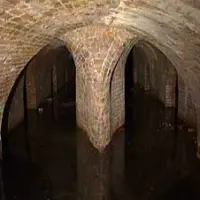
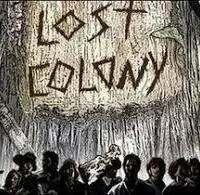
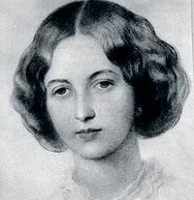




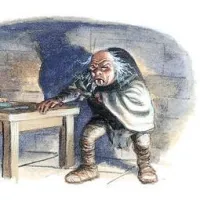



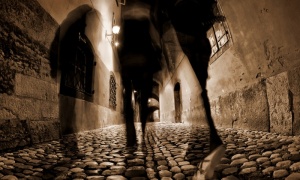


I’m a subscriber to your blog and love reading your posts, therefore to help your casue I’ve nominated you as a recipient of the Liebster Award, it’s a bit of fun that hopefully helps promote fellow bloggers: http://socialpsychol.wordpress.com/2011/11/22/liebster-award/
Thanks very much, you’re too kind 🙂
I remember reading about the suspicious deaths when I was a kid. My guess is that the spirits of the Mummies infiltrated poisonous insects and had their revenge to warn others not to damage the tombs that took so long to be built. How? The Egyptian Priests were really magical I bet.
Yes, it makes me wonder!
It would be interesting to find if they(the deceased) had all touched the same object, as not all of the people involved, died prematurely.
That would be interesting to know, I agree